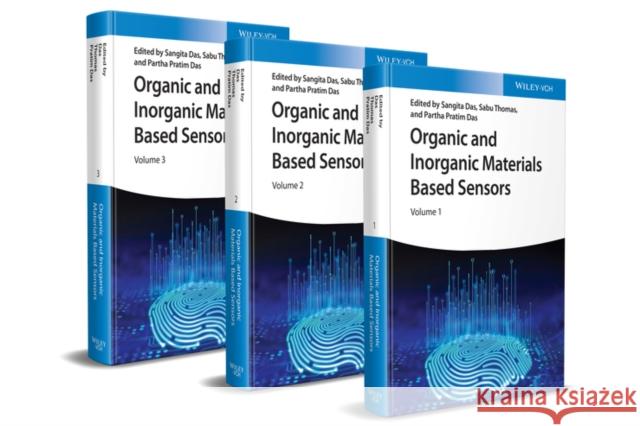Organic and Inorganic Materials Based Sensors, 3 Volumes » książka
topmenu
Organic and Inorganic Materials Based Sensors, 3 Volumes
ISBN-13: 9783527349555 / Angielski / Twarda / 2023 / 1650 str.
Organic and Inorganic Materials Based Sensors, 3 Volumes
ISBN-13: 9783527349555 / Angielski / Twarda / 2023 / 1650 str.
cena 2019,59 zł
(netto: 1923,42 VAT: 5%)
Najniższa cena z 30 dni: 1882,39 zł
(netto: 1923,42 VAT: 5%)
Najniższa cena z 30 dni: 1882,39 zł
Termin realizacji zamówienia:
ok. 10-14 dni roboczych
Bez gwarancji dostawy przed świętami
ok. 10-14 dni roboczych
Bez gwarancji dostawy przed świętami
Darmowa dostawa!
Kategorie BISAC:
Wydawca:
Wiley-VCH Verlag GmbH
Język:
Angielski
ISBN-13:
9783527349555
Rok wydania:
2023
Ilość stron:
1650
Wymiary:
24.4 x 17.0
Oprawa:
Twarda











